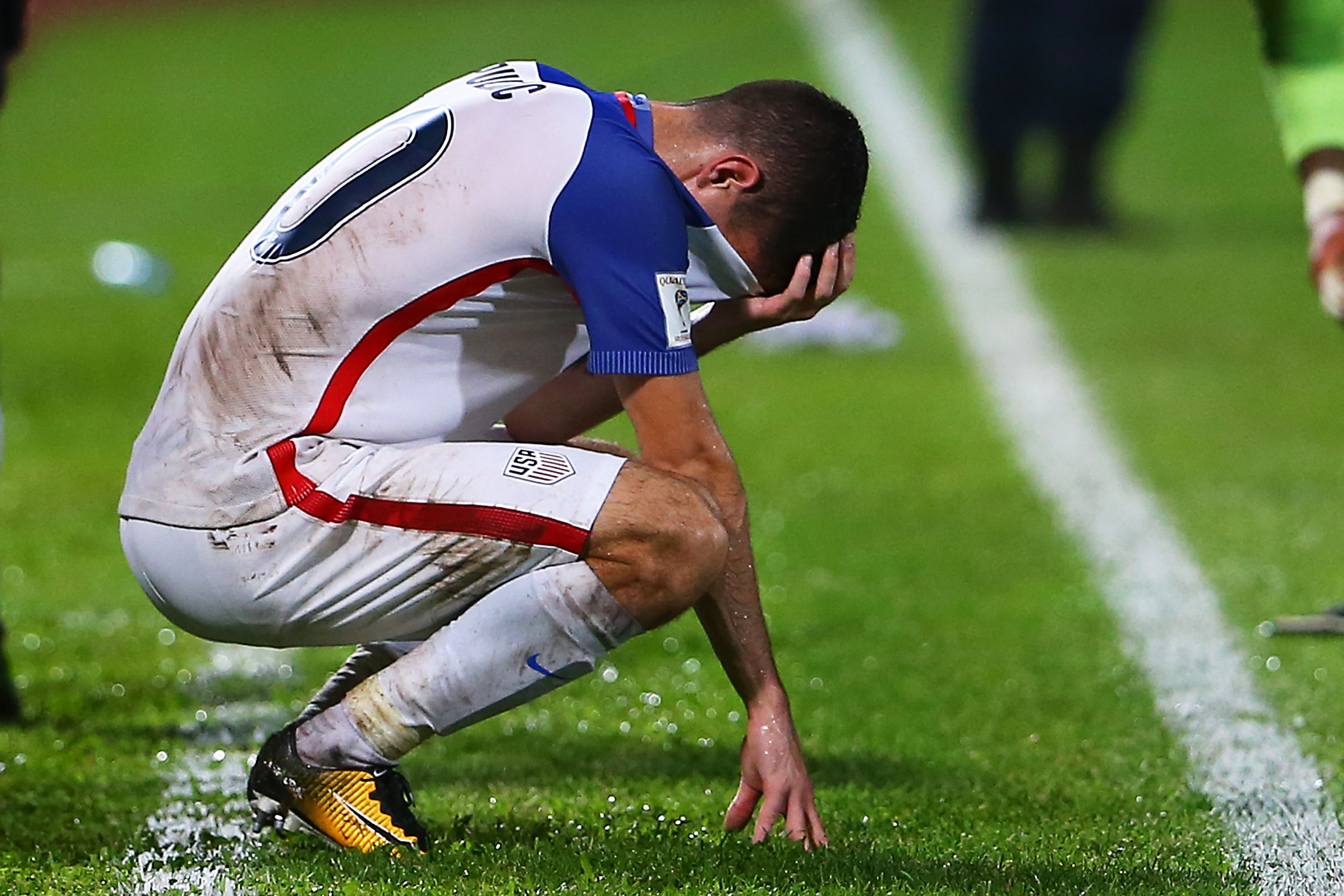The Gut Punch and Why I Started Digging
I was done. Absolutely done. It was the last big tournament, and I was sitting there, spilling cheap beer on my shirt, watching the US Men’s National Team look absolutely gassed, completely out of ideas against a team that, on paper, we should have been walking all over. It’s the same old story, right? We talk a big game, we hire foreign coaches with fancy degrees, we produce these physical monsters who run for ninety minutes, but when the damn ball gets near their feet, it looks like a grenade.

I’ve been watching the MNT since the early 90s, and every cycle, it feels like we reset the clock only to end up in the exact same spot: physically dominant, technically sloppy. I finally said, “Screw this, I’m not just going to yell at the TV anymore.” I decided to actually try and trace the line back from the field to the source of the struggle. My weekend project wasn’t refinishing the deck; it was figuring out why America can’t produce a proper footballer.
Watching Tape and Seeing the Ugliness
I started where anyone starts—watching the tape. Not just the highlights, but the full 90-minute matches from the last two major struggles. What did I see? It didn’t take an expert to notice the massive gap between the physicality and the finesse.
- The European guys? They barely look up, but they know exactly where their teammates are. Their touches are clean, soft.
- Our guys? They get the ball, they take two extra touches to control it, they stop their run, and then they look up, panicked, and either boot it forward or pass it sideways.
It was clear as day: the issue wasn’t effort. These guys work harder than almost anyone. The issue was built-in, foundational skill. So, I stopped watching the pros and started looking at the kids. And that’s where the real nightmare started.
The Day I Learned Soccer is a Pay-to-Play Rip-Off
I know this system intimately now, because a couple years back, my buddy Mike was coaching his son’s U12 recreational team—the kind where everyone gets a trophy. They needed a volunteer, so I stepped in to help run drills. It was fun, chaotic, the kids were having a blast. But then I saw the other side of the park, the travel teams, the “elite” academies.
Mike’s son, Liam, is genuinely talented. Quick, sees the field well. We were trying to get him into a higher level, and Mike started breaking down the numbers for me. And I couldn’t believe it. I’ve been around US sports my whole life—baseball, basketball, football. They are expensive, sure, but this soccer structure was something else entirely.

It wasn’t a talent development system; it was a gated community.
We looked at one decent regional club. The fees just for the kid to be on the team for a year? Forget equipment, travel, or camps. We were talking five thousand bucks. Five thousand! For a twelve-year-old! If you didn’t have that kind of disposable income, your kid wasn’t getting top coaching. Simple as that. You could be the next Messi, but if your parents were working two jobs just to make rent, you were stuck playing with me on the rec field once a week.
I talked to the parents, I talked to the coaches. I pushed hard to see where the scholarship money went. Turns out, there isn’t much of it unless you are already a known prodigy by age 10. The system is designed to funnel wealthy suburban kids into the pipeline, regardless of whether they have that street smart, gritty quality you see in players from places where they learn the game by kicking a rolled-up sock in an alley.
Why the Best Athletes Don’t Pick Soccer
My exploration didn’t stop with the cost. I started connecting the dots on the bigger American sports landscape. I realized that even if a kid could afford the training, our culture actively pulls the absolute elite athletes away from soccer.
I used to coach high school track, and I know exactly who our best movers are—the kids with explosive speed, incredible reaction time, and massive work ethics. Where do those kids go?

- They go to football, where there are guaranteed college scholarships and a path to huge NFL contracts.
- They go to basketball, which offers massive global fame and a clear pipeline from AAU to the NBA.
- They go to baseball, which, while competitive, offers stability and an established minor league structure.
Soccer? The MLS still struggles for visibility against those giants. The biggest money is almost always overseas. So why would the highest-tier athlete, the one who could be a true game-changer, pick a path that costs more upfront and promises a riskier, lower payout than the local high school quarterback slot? They don’t. And that’s the reality I realized while standing freezing cold on the sideline watching twelve-year-olds.
The system is rigged for physical safety and financial exclusivity, not for rough, creative genius. We prioritize athleticism over technical wizardry at the highest levels, because that’s what our closed, costly youth system encourages. We don’t have street players; we have subsidized athletes. And until that structure is smashed and rebuilt, we are going to keep watching them struggle hard, cycle after cycle.
